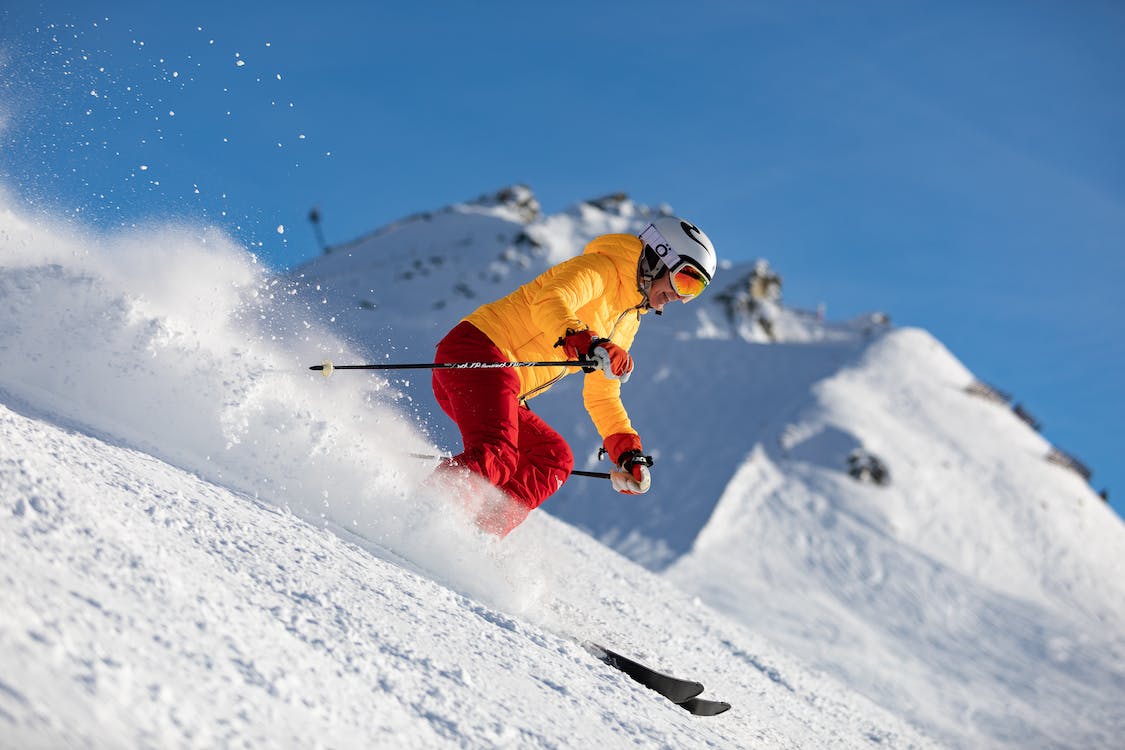Conquer the Slopes and Speed Recovery: Embrace Massage Therapy After Skiing at Human Integrated Performance

Conquer the Slopes and Speed Recovery: Embrace Massage Therapy After Skiing at Human Integrated Performance
Table of Contents:
- Introduction
- Background
- Why Skiing Can Lead to Sore Muscles
- How Massage Therapy Speeds Up Skiing Recovery
- Creating a Recovery Regimen with Your Massage Therapist
- Call-to-Action (CTA)
- Conclusion
- Frequently Asked Questions (FAQs)
I. Introduction
Exhilarating snow slopes, breathtaking alpine views, thrilling speeds – the joyful rush of skiing is unparalleled. But these highs can sometimes come with muscle aches and pains that are all too real. Here's where massage therapy comes in as your secret weapon for faster recovery and getting back on the snow-covered mountain slopes in no time.
II. Background
Ski hard, recover smart. That's the mantra every skier should embrace. Mountain wipeouts, muscle strains, and the physical demands of skiing can take a toll on your body. To address these skiing-induced challenges, we turn to one of the most time-honored and effective treatments – massage therapy.
III. Why Skiing Can Lead to Sore Muscles
How Skiing Affects Your Muscles
Skiing is a total-body workout that targets many major muscle groups, including quadriceps, hamstrings, glutes, and core muscles. Intensive sessions can lead to muscle fatigue as your body copes with downhill slopes and navigates through snow. Prolonged exertion, demanding turns, and absorbing bumps and shocks on the slopes all contribute to muscle strain and fatigue.
Skiing and Muscle Injuries
Whether an amateur or pro, skiers can attest to the muscle pain and related injuries that this sport could bring. From strained muscles to ligament injuries, the list can be extensive. Common skiing-related injuries include strained groins, sprained knee ligaments, and bruises or contusions. Treating these injuries quickly and effectively is crucial in reducing discomfort and ensuring a speedy recovery.
IV. How Massage Therapy Speeds Up Skiing Recovery
Unlocking the Secrets of Massage Therapy
Massage therapy isn't just about relaxation. It is a potent tool that can help flush out toxins, increase blood circulation, expedite the healing process, and alleviate muscular pain post-skiing. Various massage techniques work on specific muscle groups, using pressure and manipulation to increase blood flow, ease tension, and release metabolic waste products.
The Role of Massage in Recovery from Skiing
At Human Integrated Performance, our massage therapists aim to ensure your skiing adventures don't leave you down and out. They employ specialized massage techniques tailored to tackle skiing-related physical strains. These massages can help reduce inflammation, increase range of motion and flexibility, lower the risk of delayed onset muscle soreness, and decrease stress.
Massage Techniques for Skiing Recovery
Professional massage therapists at Human Integrated Performance use various massage techniques for skiing recovery. Some of these include Swedish massage for overall relaxation of sore muscles, deep tissue massage to target specific problem areas, and trigger point therapy to treat painful knots in the muscles. Each technique is customized based on a skier's unique needs and goals.
V. Creating a Recovery Regimen with Your Massage Therapist
Communicating Your Challenges
Open communication with your massage therapist is essential to create the most effective recovery regimen. Share specific challenges from your skiing sessions and describe any areas of discomfort or pain. This information helps the therapist to better understand your body's needs and customize a massage therapy plan best suited for your recovery goals.
Personalizing Your Massage Therapy Recovery Plan
A massage therapy recovery plan can be as unique as the skier it supports. Your therapist will consider factors such as your skiing experience, physical fitness, frequency of skiing, and any pre-existing injuries or conditions when designing your plan. This ensures the massage therapy complements your lifestyle and aids in achieving an optimal state of health and wellbeing.
VI. Call-to-Action (CTA)
Don't let post-skiing aches keep you off the slopes. Summon the expert help of our massage therapists at Human Integrated Performance. Book your session today for a rejuvenated tomorrow!
VII. Conclusion
In the rapidly churning flurry of winter sports, often, the quiet recovery process is overlooked. But remember - the thrill of skiing coupled with the healing touch of massage therapy makes for the perfect partnership. Your body will thank you, and you can get back on the mountain faster, healthier, and more invigorated than ever.
VIII. Frequently Asked Questions (FAQs)
Q: Can massage therapy help prevent skiing injuries?
A: Yes, regular massage therapy can help maintain flexibility, improve circulation, and prepare your muscles for the demands of skiing, thereby, reducing the risk of injuries.
Q: How soon after skiing can I get a massage?
A: Ideally, waiting for 24 to 48 hours post-skiing before getting a massage gives your body the time to kick-start the natural recovery process.
Q: How often should I opt for massage therapy during the skiing season?
A: While individual needs may vary, having a massage session every two weeks or as advised by the therapist can help maintain muscle health during the skiing season.
